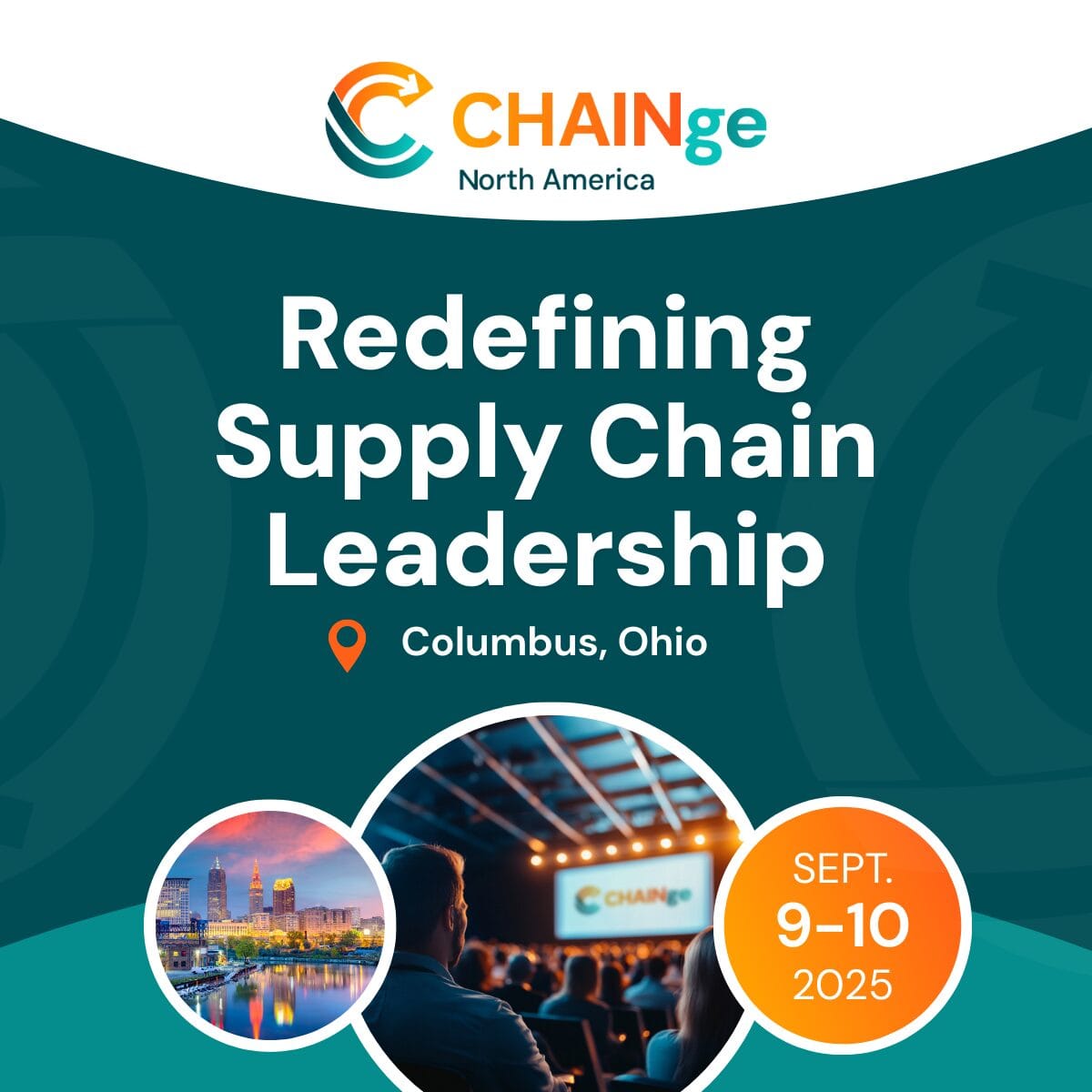Trends and innovations in supply chain and logistics. That’s what this blog is all bout. Therefore I bring you an overview of my highlights of the news this week on logistics start-ups and innovations below. Follow @LogisticsMatter on Twitter to stay up to date with the latest news and the best background stories. Last week it was Last-Mile Delivery, Platforms And Drones. This week it’s Self-Driving Trucks, Delivery Robots, and Robots in the Warehouse.
Drive (~ Incubus)
Supply chains would grind to a halt without road transportation; however, all these miles driven by diesel engines have a huge negative impact on the environment. And trucking has another problem. For years there has been a shortage of truck drivers.
One way to solve this problem is to build trucks that don’t need a driver. Both traditional OEMs like the TRATON Group and start-ups are working on autonomous trucks. And most of these are solving the environmental issues as well, by working on driverless electric trucks.
Driverless Truck start-up Plus is looking to expand its autonomous driving activities. It is looking to raise money through a merger with a Special Acquisition Company. The company has several trucks in China, where SF Holding uses Plus technology to have autonomous trucks run deliveries. They currently run 1500 km a day. In the second quarter of this year, China’s FAW Group Co. plans to start mass-producing an autonomous truck designed together with Plus.
Another start-up developing self-driving truck technology is trying to raise more money. TuSimple is doing so by selling public stock.
The last one I’m mentioning here is the Swedish autonomous electric vehicle start-up Einride. The start-up has partnered with Lidl and Oatly for testing their self-driving pods. Einride, too is looking into raising more money via a SPAC.
A SPAC is a merger of a publicly traded company and a private business.
Special Delivery (~ The Offspring)
Fluid Truck, an app-based platform, is intent on improving efficiency in the delivery market by matching fleets of smaller commercial vehicles with companies in need of additional capacity. The start-up focuses on the last-mile and mid-mile and has no intention of moving into the 18 wheeler market. Vans and box-trucks are their sweet spot.
Three interesting stories about delivery robots this week. Pennsylvania has granted autonomous delivery robots the same rights as pedestrians, which means that the small self-driving electric vehicles can operate on both sidewalks and roadways.
The US’ second-largest grocery chain, Albertson’s, owns its own robotic subsidiary. It acquired Safeway in a merger deal in 2015. Albertson is partnering with robotic start-up Tortoise for a pilot project. Safeway robots will deliver groceries in two towns in Northern California. Like most other start-ups like Starship, the Safeway robots are designed to move in pedestrian areas.
Another start-up is taking a different approach. Refraction’s three-wheeled delivery robot REV-1 is legally categorized as an e-bike and operates mainly on the roadway.
Market reports from Allied Market Research and Infiniti estimate that annual growth in the last-mile delivery sector will be more than 14% in the next 10 years. Autonomous delivery is expected to grow more than 24% globally.
Warehouse (~ Dave Matthews Band)
After a short stint as a procurement manager, I started my logistics career as a warehouse engineer. Since that time, warehousing has a special place in my logistics heart.
If there is one innovation that has been changing the warehouse environment, it is the robot. But warehouse managers should not only focus on the robots they want to use to increase efficiency or throughput. According to Körber, 5 considerations are important for a successful Autonomous Mobile Robot (AMR) Deployment in your warehouse. The system of choice has to be scalable. Warehouse manager also needs to consider the impact of robots on the full range of warehouse processes. There are many different kinds, like goods-to-person or person-to-goods systems, pallet movers, or automated sorters. Another critical point is how the AMR software system works together with existing software systems like the Warehouse Management System.
How robots from different manufacturers operating in a single warehouse environment can be managed and controlled is something Manhattan Associates’ Pieter van den Broecke wrote about on LogisticsMatter last year.
In the meantime, the Fraunhofer Institute for Material Flow and Logistics IML is working on a game-changing robot, which it has dubbed the “logistics Porsche”. The robots called LoadRunners, which look like the KIVA robots Amazon uses in its distribution centres, can move goods through warehouses at a speed of 10 meters per second! The robots can accelerate like a sports car, hence the name logistics Porsche. Obviously, the goods being transported by the robots will have to cope with such acceleration. LoadRunners act as a swarm, which enables them to carry large, outsized items through the warehouse as well. They can also be used as parcel sorters. 60 LoadRunner vehicles can process 13,000 parcels per hour, which is comparable to that of conventional sorting systems.
Venture Capital firms have a preference for start-ups that are low on assets. Low assets companies tend to be easier to scale. That tide is now turning, and VC firms are looking more closely to warehousing start-ups, which tend to be asset-heavy. The explosive growth of e-commerce could be one of the reasons for this move. Examples of warehousing start-ups that have landed large amounts of funding are ShipBob and ShipMonk.
Header Image by Dominik Scythe on Unsplash






